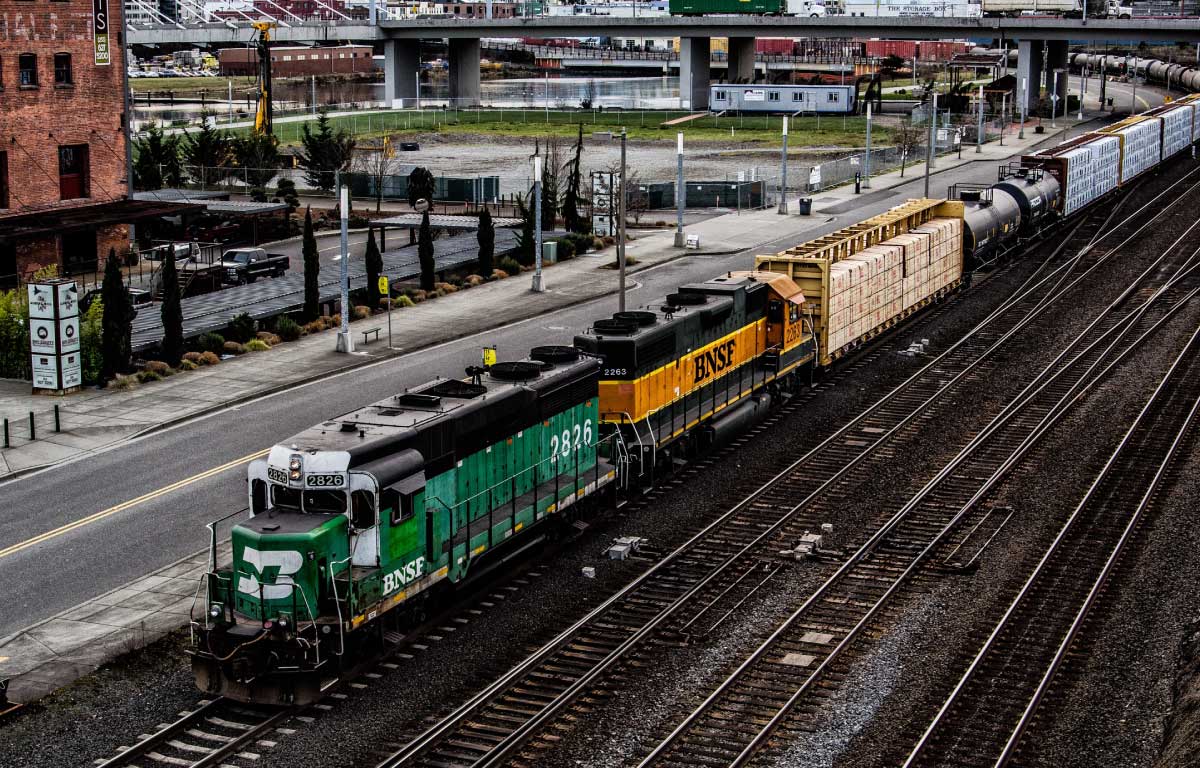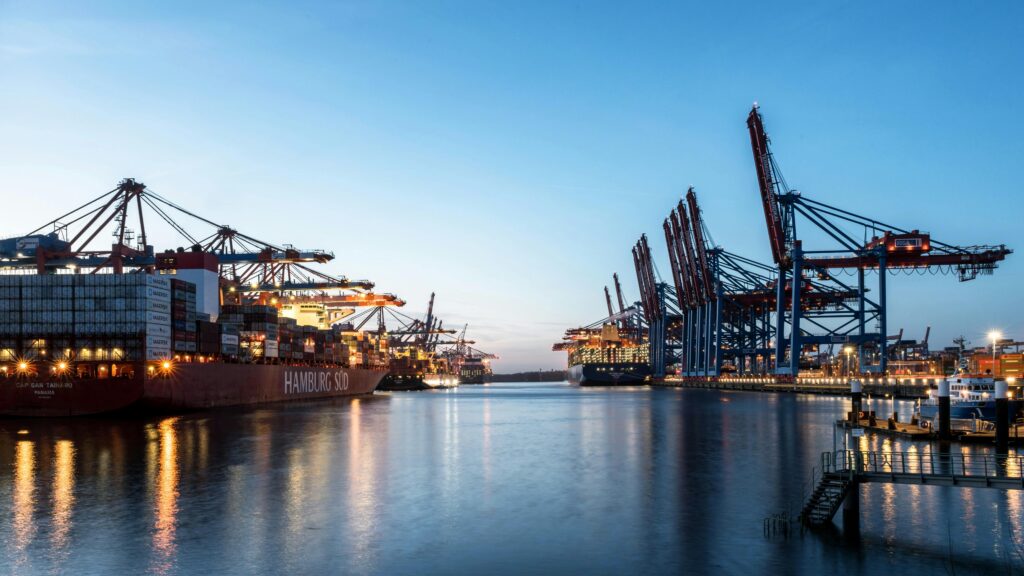Rail freight transport between China and Europe is becoming increasingly popular for a number of reasons:
- Railroads are being expanded more and more, especially through the Silk Road Initiative, which connects three continents by rail.
- Rail freight is generally the faster alternative to sea freight and more cost-effective than air freight.
- Rail transport is only slightly dependent on weather conditions. As a result, rail freight usually arrives reliably on time, even in bad weather conditions.
- Compared to sea and air freight, rail freight causes lower carbon dioxide emissions. This is important because more and more retailers, but above all customers, are making sure that the transport of goods from Asia has as little environmental impact as possible.
What’s more, rail freight transport is supported by the state in many countries, including Germany, primarily for environmental reasons.
However, even rail freight is not immune to unforeseeable adverse effects, such as a global pandemic. Forto’s digital platform informs you in real time about which mode of transport has free capacity, what the associated costs are and whether it makes sense to combine different modes of transport.
Current Disruptions in Rail Freight
On this page we would like to inform you about current impairments in rail freight traffic. This page will be constantly updated.
+++ Thursday, 19 November 2020 +++
- Capacities and container availability: The market is still suffering from the conflict between high demand and low carrier capacity. All the service providers with whom we are in dialog express the same concern: the situation in December this year is expected to be particularly difficult.
- Rate development: After the increased demand since the second quarter of this year and the heavy congestion of rail freight traffic in summer, the lack of capacity and equipment is now affecting rail freight. As a result, rates are expected to increase in December – also impacted by the steadily rising sea freight rates. In some cases, sea freight rates are already higher than rail freight rates.
- Delays and congestion at border crossings: Delayed departures are currently reported from Zhengzhou, Xian, Chongqing and Suzhou. In addition, a shortage of broad-gauge wagons from the CIS and stormy weather affect reloading and the flow of goods at border stations (especially in Alashankou/Khorgos). Recent cases of coronavirus infections in Xinjiang province (Alashankou/Khorgos are located in Xinjiang) also cause a loss in productivity and are responsible for increased controls and time-consuming disinfection procedures.
+++ Friday, 30 October 2020 +++
- Restrictions due to Upcoming Holidays: Christmas and Chinese New Year (CNY) are just around the corner, and with them the Chinese state vacations. This means that freight capacities are scarce overall, as all traders are anxious to receive their goods before these holidays if possible. CNY in particular is casting long shadows, because when the state vacations begin in February, the Chinese economy and thus the transport of goods will be idle. Most of the time, freight routes are severely impaired for several weeks.
- Increased Demand: Freight volumes from Asia to Europe are extremely high – not least because of increased demand, but also because China has increased production following the Corona pandemic. Railroad stations in China, but also in the EU, are groaning under the burden of increased freight volumes from China.
- Lack of Containers Exacerbates Problems: Empty freight containers are in short supply at many railroad stations and loading stations in China in October, so that ordered goods cannot be loaded in time. The run on 20- and 40-foot containers in the seaports is a major contributory factor to this difficult situation for rail freight. As a result, rail freight arrives late or your transport has to be postponed. The transport schedule can therefore change at any time. Furthermore, additional costs may currently be incurred, such as collection or drop-off fees.
- The Container Situation in the Railroad Stations at the end of October is as Follows: In Chongqing and Zhengzhou, the situation is not critical as yet. In Hefei, Chengdu, Yiwu, Xian, Xiamen and Shenzhen Pinghu, the supply of empty containers is unstable. In Xiangyang, there is a great shortage of containers.
- Cuts in Departures: Some stations (Xian, Chengdu, Yiwu and Zhengzhou) are cutting down departure schedules in November. The reason: The growth plans for this year have already been achieved. It is possible that this measure will drag on into December. In the stations of Chongqing, Hefei, Xiamen and Shenzhen Pinghu, the capacities for receiving further rail freight are limited, and in Xiangyang they are even more limited.
- Special Features at Hefei Station: Hefei will significantly increase its freight rates for 40’HC (40-foot high-cube containers) starting in November, but to a lesser extent for local shippers than for forwarders from other regions. Hefei wants to support its own shippers with this increase. In addition, Hefei has reserved westbound trains only for major customers from Anhui province, leaving little room for other customers. Forto will therefore look for alternatives.
For questions regarding rail freight, bookings and further information, please contact us. We will help you to load your goods quickly and cost-effectively.







